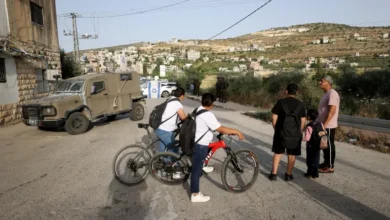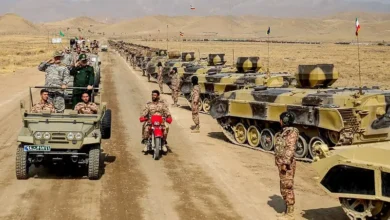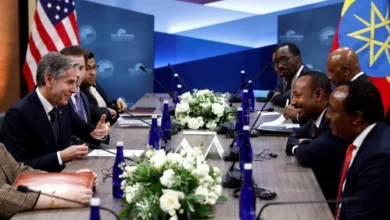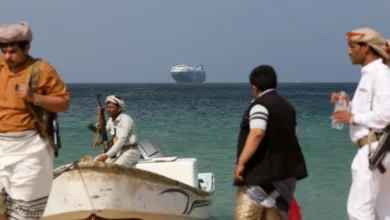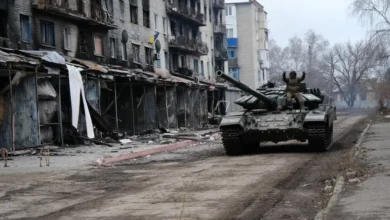Pentagon to bolster force posture in Middle East amid Iran, Hezbollah threats
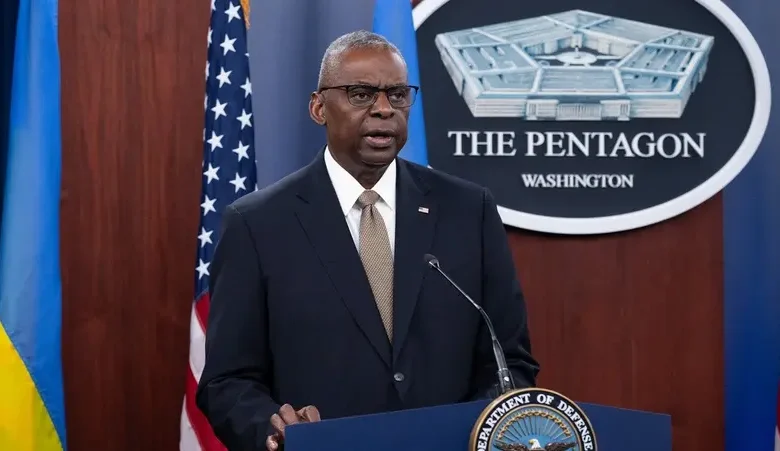
Top US military and defense officials are finalizing plans to surge additional assets into the Middle East, the Pentagon said Friday, a day after President Joe Biden announced new “defensive deployments” in response to threats from Iran and Hezbollah.
Pentagon chief Lloyd Austin will be directing multiple forthcoming force posture moves to bolster US force protection in the Middle East and to provide elevated support to the defense of Israel, Deputy Pentagon Press Secretary Sabrina Singh said. She said the move was also meant to ensure the US is prepared to respond to the evolving crisis in the region.
Austin informed his Israeli counterpart about ongoing and future defensive force posture changes during a call on Friday.
Both Iran and the Lebanese militant group vowed to retaliate against Israel and “those who are behind” it for the assassination of two top officials in Hezbollah and Hamas.
As a result of the threats, plans were discussed during a weekly meeting between the US defense secretary, chairman of the Joint Chiefs of Staff and commander of the United States Central Command (CENTCOM), sources familiar with the planning said.
However, final decisions have yet to be made regarding the specific assets that will be deployed. The New York Times reported that additional combat aircraft would be sent, something the Pentagon did not confirm or deny.
The White House said Biden told the Israeli prime minister about the US plans to help with Israel’s defense against threats, “including against ballistic missiles and drones.”
While the US president stressed a US commitment to helping Israel’s defense, he also “stressed the importance of ongoing efforts to deescalate broader tensions in the region.”
US prepares for attacks
There are around 30,000 US troops in the Middle East, the largest base being Qatar’s Al-Udeid.
The Pentagon ordered several warships and other military assets to the Middle East shortly after the Oct. 7 Hamas attack on Israel. The main reason was said to be a deterrence message to Iran or other groups it backs from opening a second front.
Earlier this week, a US official confirmed that there are at least 12 American warships in the region, including the USS Theodore Roosevelt aircraft carrier.
US officials said they were given a heads-up shortly before an Israeli operation killed Hezbollah’s Fuad Shukr in the southern suburbs of Beirut. Israel said the attack was a response to a rocket that hit a football field in the occupied Golan Heights and killed several children last weekend. Hezbollah undoubtedly fired the missile, according to US officials, but they believe it mistakenly targeted the football field.
Hezbollah continues to deny that it launched the rocket.
Following the killing of Shukr, American troops in the region were also bracing for potential attacks in Iraq and Syria.
Then came the second assassination, which killed a top Hamas official, Ismail Haniyeh. The political leader of Hamas was in Tehran to attend the inauguration of the new Iranian president. US officials believe Israel was behind Haniyeh’s killing but also say they were not involved.
Shukr and Haniyeh were designated as terrorists by the US. The former was accused of playing a central role in the Oct. 23, 1983 bombing of the US Marine Corps Barracks in Beirut, which killed 241 US servicemembers.
Iran, Hezbollah, Hamas and other regional proxies backed by Tehran, all vowed to respond to the attacks.
“The enemy, and those who are behind the enemy, must await our inevitable response,” Hezbollah’s leader, Hassan Nasrallah, said Thursday in his first comments since Shukr was killed. “You do not know what red lines you crossed,” he added.


